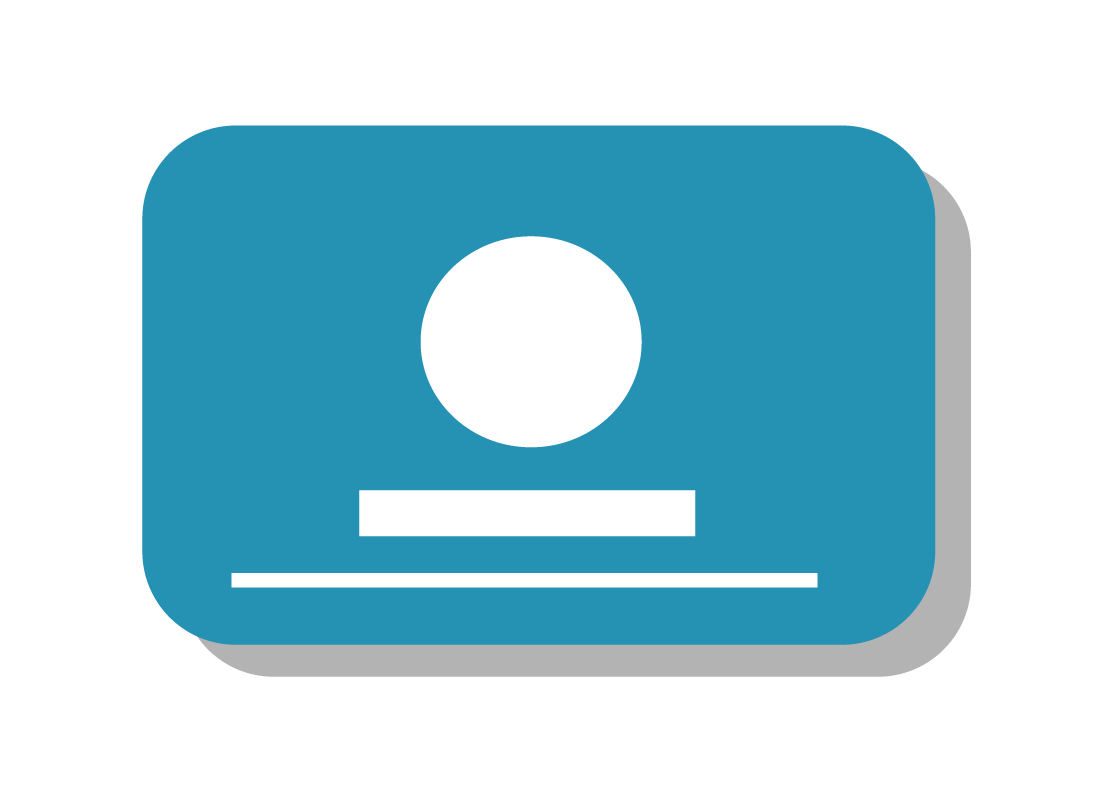
WORKSHOP DESIGN
Understand the Workspace
Beyond post-its, flip-charts and coffee sipping.
By Ola Möller & Jordan Lane
Despite the rapid evolution of digital workspaces and online collaborative tools, most of us feel the need to meet people we work with on a daily basis. What makes the analog workspace so important — why, sometimes do you ‘just have to be there’? This article & infographic explores the analog workspace through common analog tools, offering insights into their strengths and weaknesses and when to use each one.
Most meetings, workshops and brainstorming sessions start with blank canvases — An empty whiteboard. A pile of post-it notes. Fresh notebooks. Finding a balance between the opportunities of the carte blanche and the structure of a step-by-step guide is critical.
Below is a visual summary of the analog workspace — enjoy!

Most meetings start from zero
The blank canvas dominates today’s analog workspace and defines many of the meetings we attend. Why is that? When do we benefit from more structure and when do we benefit from less?
With the ‘carte blanche’ tools above a good facilitator is critical. Someone who can guide the process and create a structure for going forward.
Choose your level of structure… wisely.
Choosing the right tool for the job:
Unstructured & creative chaos
Tools that do not have any pre-defined content.
Structured still creative
Tools that have a small amount of information that would support and provide help.
Structured & defined
Tools that provide a predetermined sequence of action or events.
Master the tools
When you walk around with a hammer, every problem looks like a nail. It is important to have a complete analog toolbox. Each tool format presents pros and cons. Together they create a valuable toolbox.
What they have in common:

Each format has its pros and cons. Together they create a valuable toolbox.
3 ways to understand the tools

When to use different tools?
When you walk around with a hammer, every problem looks like a nail. It is important to have a complete analog toolbox. Each tool format presents pros and cons. Together they create a valuable toolbox.
CREATIVE CHAOS

Post-its
Post-its are good when documenting ideas and thoughts (that are not reoccuring).

Empty cards
Empty cards fill the same function as post-its. The difference is that cards are more robust and feel more like artefacts (that easier can act as a representation for something).

Roll of paper
Big sheets of paper can be used as a canvas for multiple activities on tables.
SUPPORTIVE STRUCTURE
 Cards
Cards
Cards are great when you need a visual overview of a certain field, and can save you time and energy as they provide a framework for thoughts & discussions.
 Canvases & worksheets
Canvases & worksheets
It saves you time and energy to use canvases if you use the same aspects of a process in a specific order on several occasions.
 Grids
Grids
Post-its are good when documenting ideas and thoughts (that are not reoccuring).
 Checklists
Checklists
Post-its are good when documenting ideas and thoughts (that are not reoccuring).
Cards + post-its
Cards together with post-its help you create a tailor-made process based on what you need. Cards and post-its have the possibility to be talking sticks in meetings and conversations. Something you can hold, discard or sort.
STRUCTURED & DEFINED
Manuals & how-tos
Books provide the most information. Cards, post-its and canvases are useful in workshops but sometimes a topic needs to be understood in detail. That is when you should reach for the book. Just remember reading in a workshop can come across as somewhat anti-social.
Remember, just because the digital can be epic, it does not mean you have to abandon the analog for the flashing lights. Sharpen your digital tools, meet people better and ensure you have the tools you need…when you need them.




